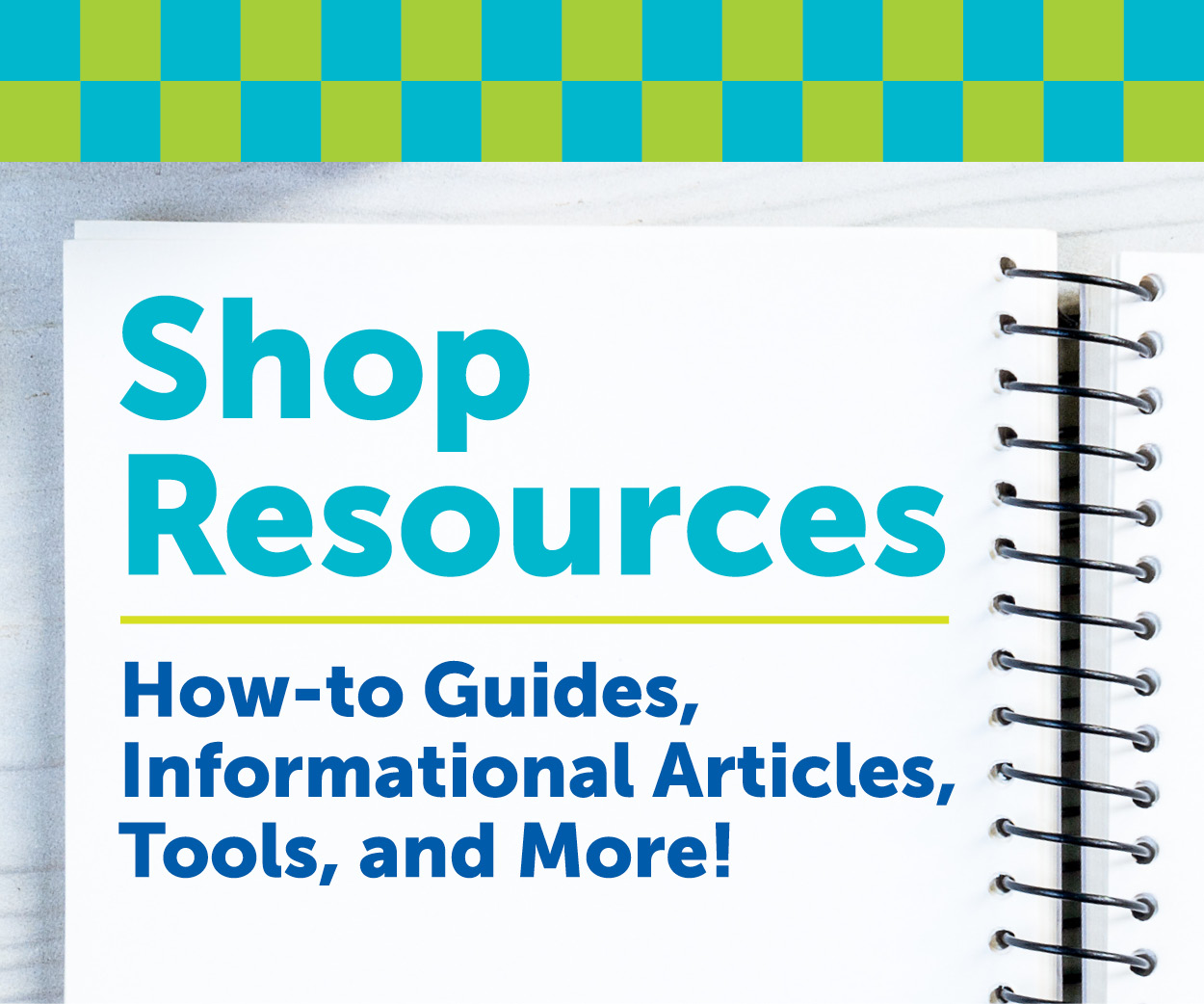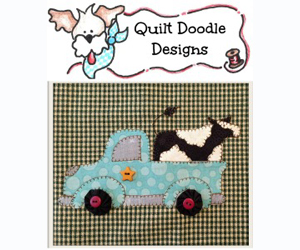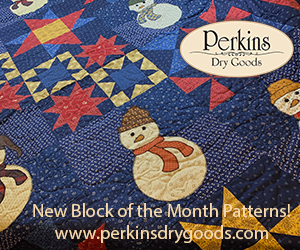
Many retailers closed their doors during the last recession and lately, the economic outlook has been uncertain. Although we have steered clear of another recession to date, we want to give you the tools to succeed in the event there is one. In the final part of our series Retailing in a Recession, we cover how to tailor customer research and merchandise planning to your customer’s needs.
Customer Research Strategies for Retailers in a Recession
Customer research is as easy as asking your clients questions at check out. Below are four questions you should train your employees to ask.
- Did you find what you need?
- Did you ask for help finding it?
- Is there somewhere else you’d expect to find the item?
- Is there something you want that we don’t ever carry?
These questions help establish different data points including if current offerings are in stock, shows the customers you care, and improves your offerings to better meet their needs.
Merchandise Planning
Customer research can also help determine merchandise planning. In all economic climates, merchandise selling well should stay, and merchandise not selling well should go.
During a recession, retailers should take extra care to plan their merchandise offerings to align with customer needs and preferences. Can merchandise be fixed, rather than shrunk, if productivity is low but headroom is high? And what about merchandise that has high productivity but low headroom? Should it remain?
In summary, some retailers will turn an economic downturn to their advantage. Consider starting with a customer survey using a mix of open- and closed-ended questions to gather both qualitative and quantitative data on preferences.
Inspiration for this post comes from the Harvard Business Review’s Five Rules for Retailing in a Recession. Check out Rule 5: Retool Core Processes for more information on customer research.
If you’re looking for more information to guide you in owning a retail business, subscribe to Creative Retailer today. Already a subscriber? No worries—join our Facebook group for insights and dialogue from industry specialists like you. And don’t forget, you can always purchase single issues if you prefer that instead.
The post Retailing in a Recession: Part Four appeared first on American Quilt Retailer.







